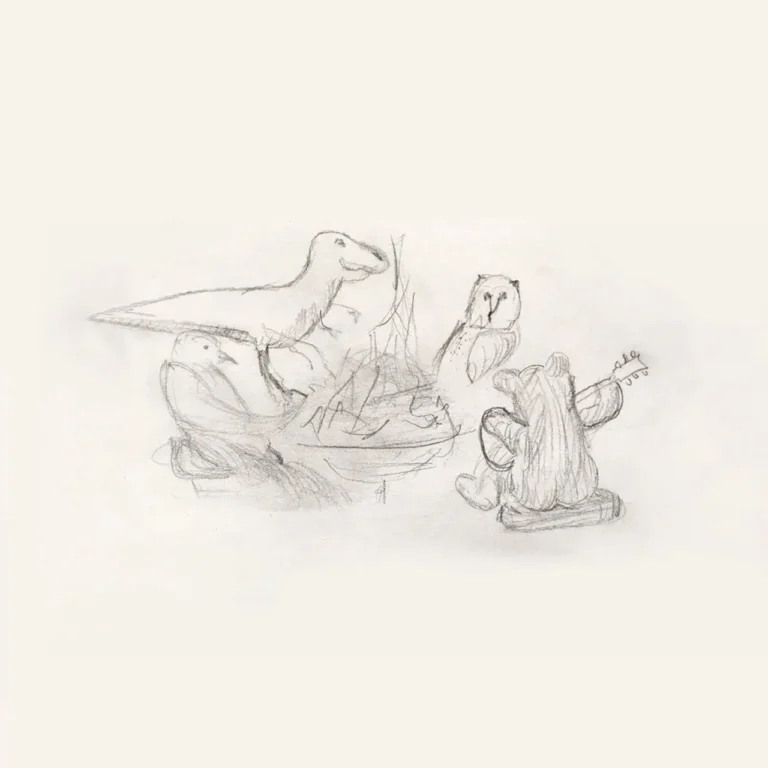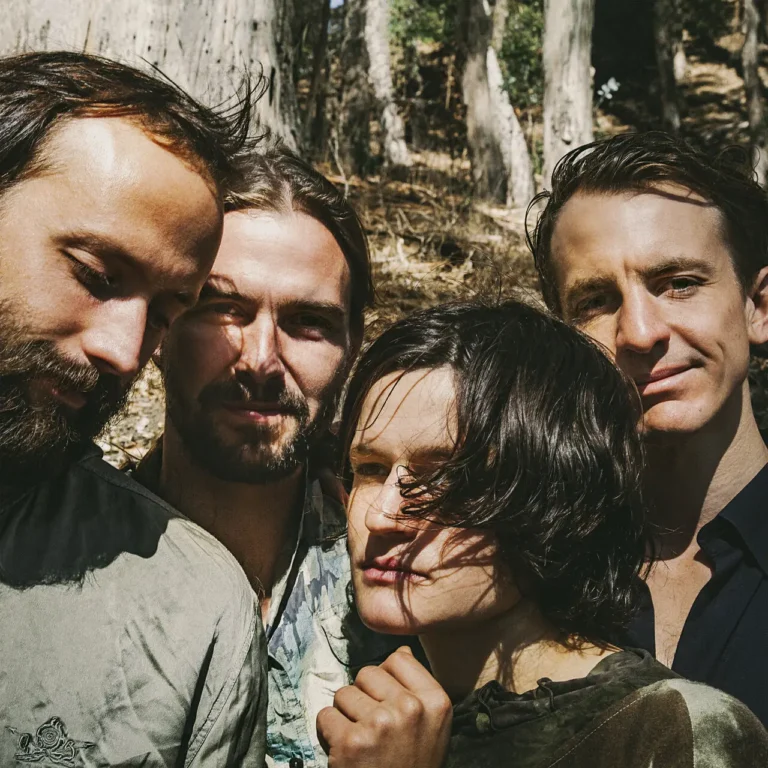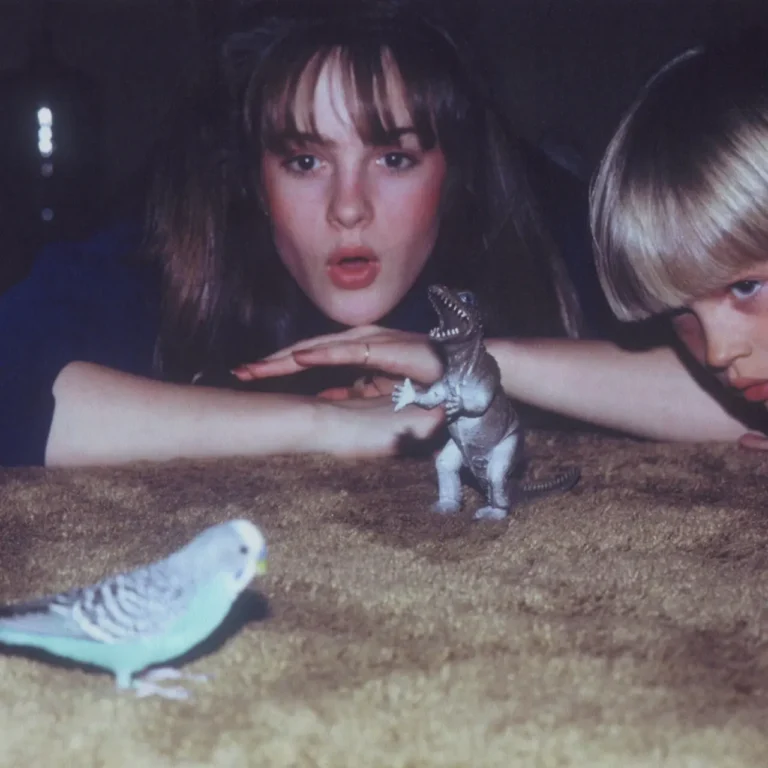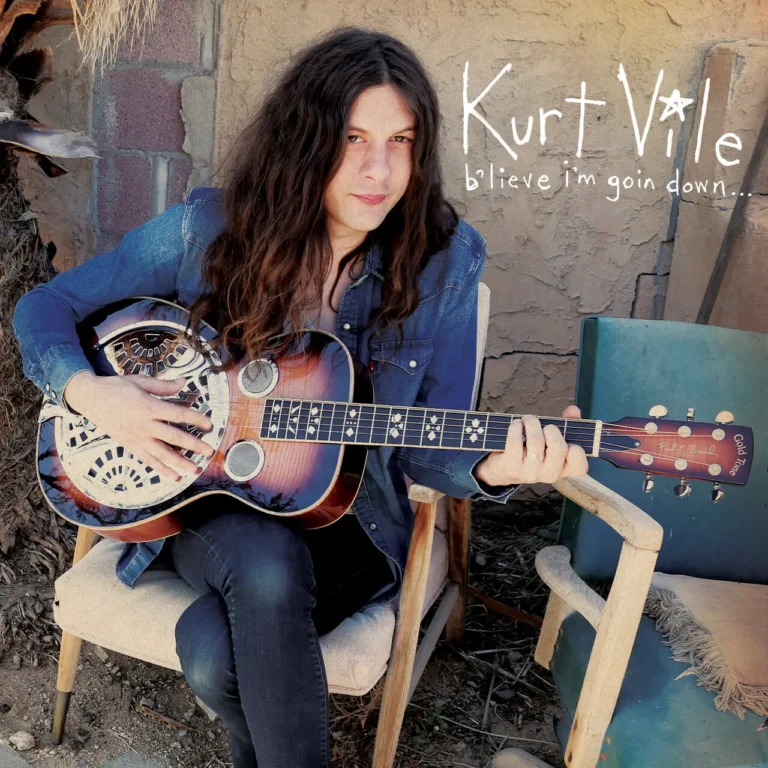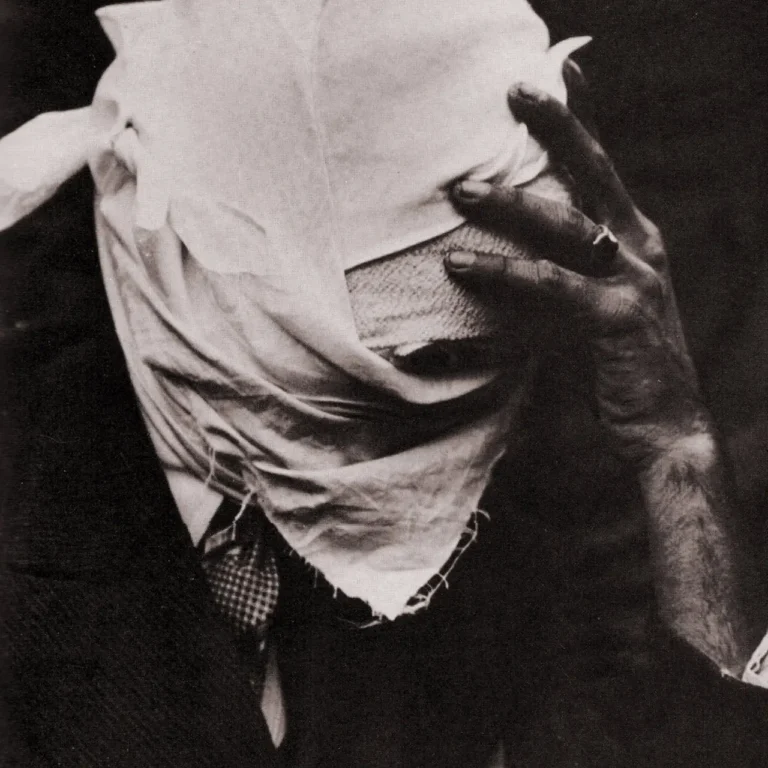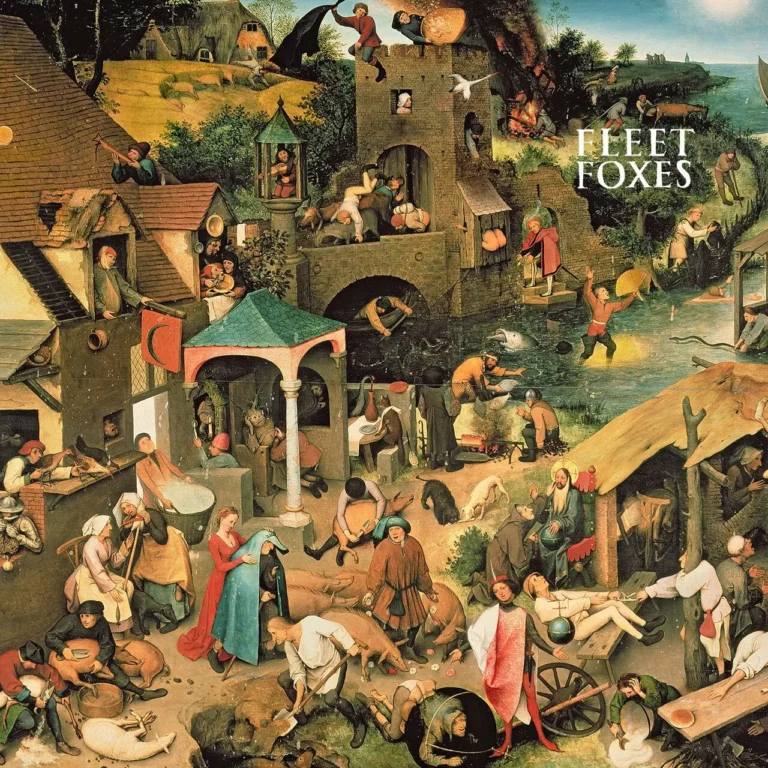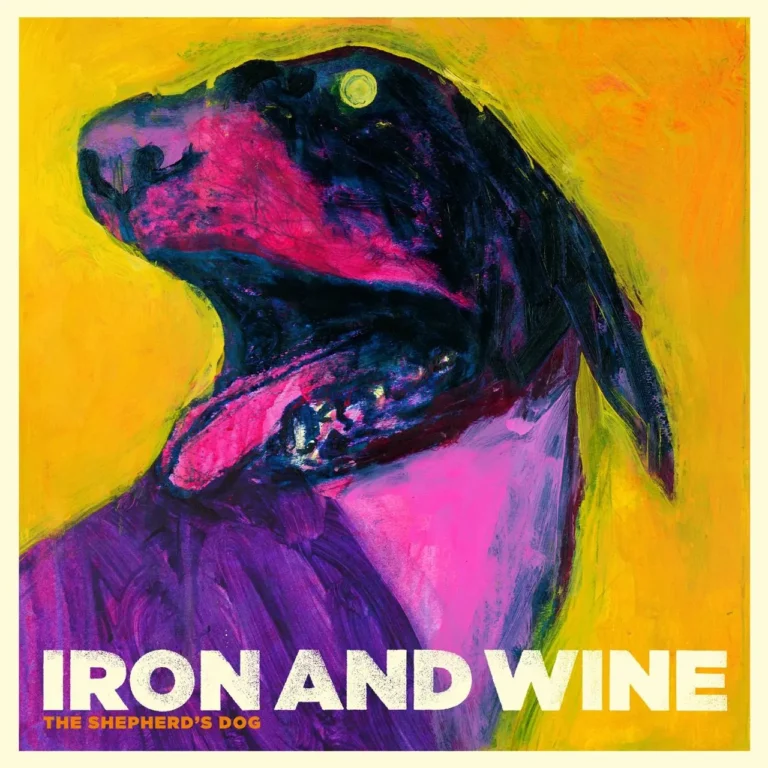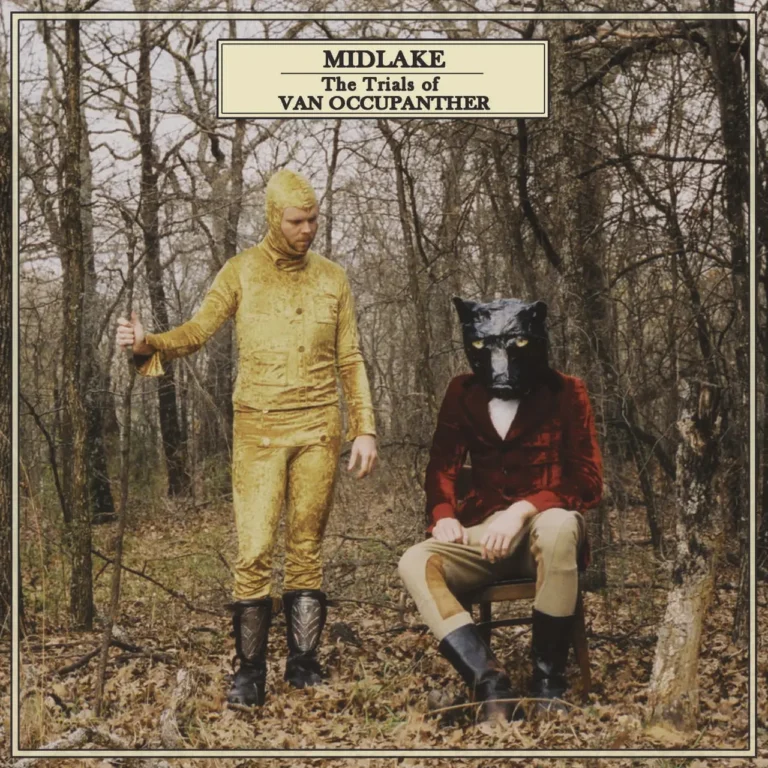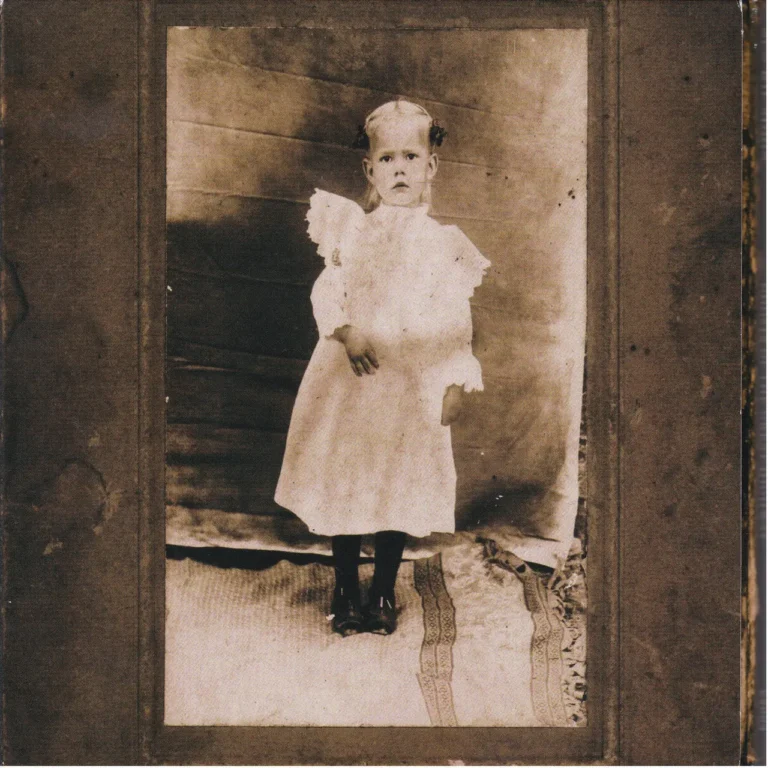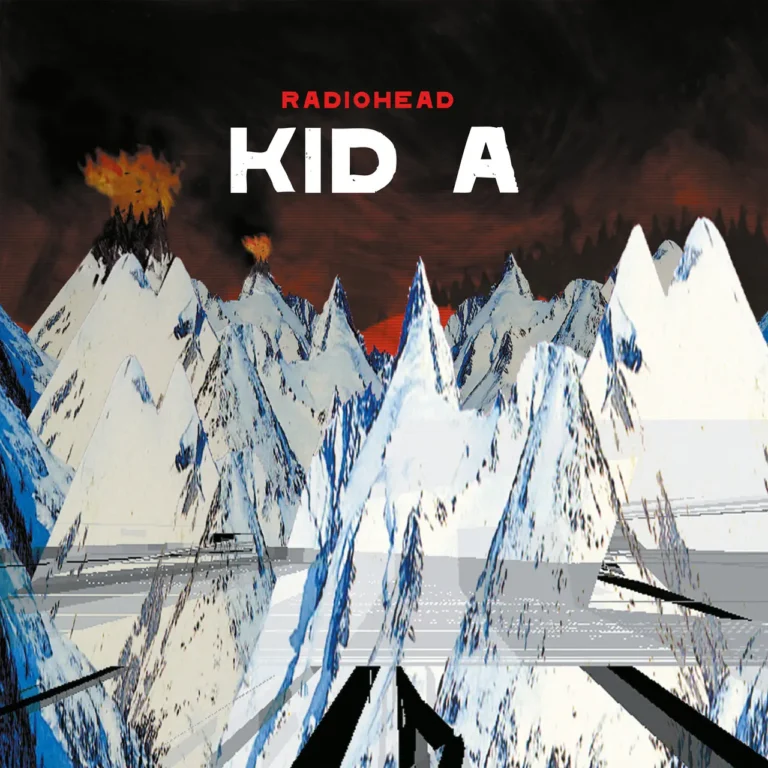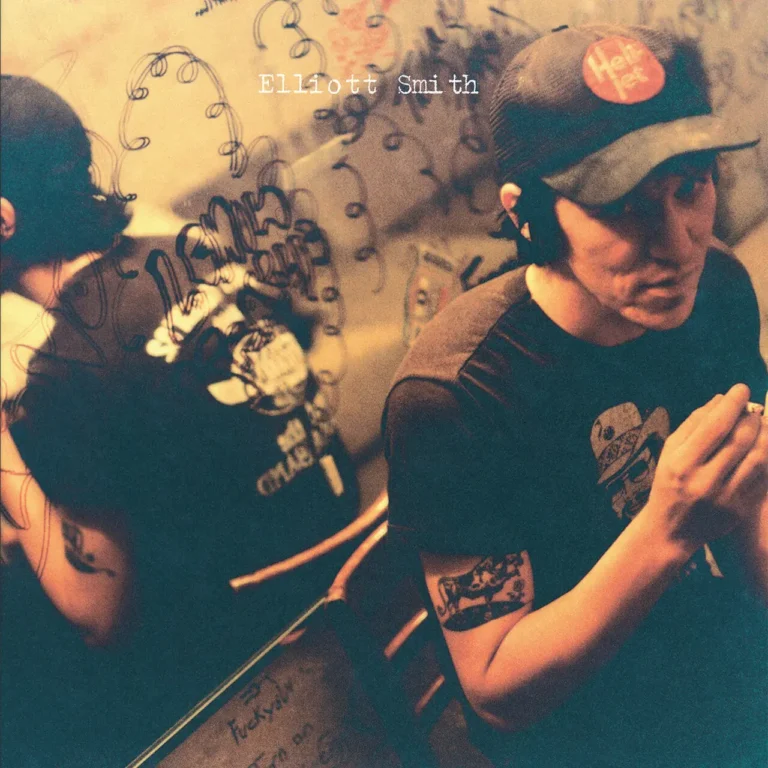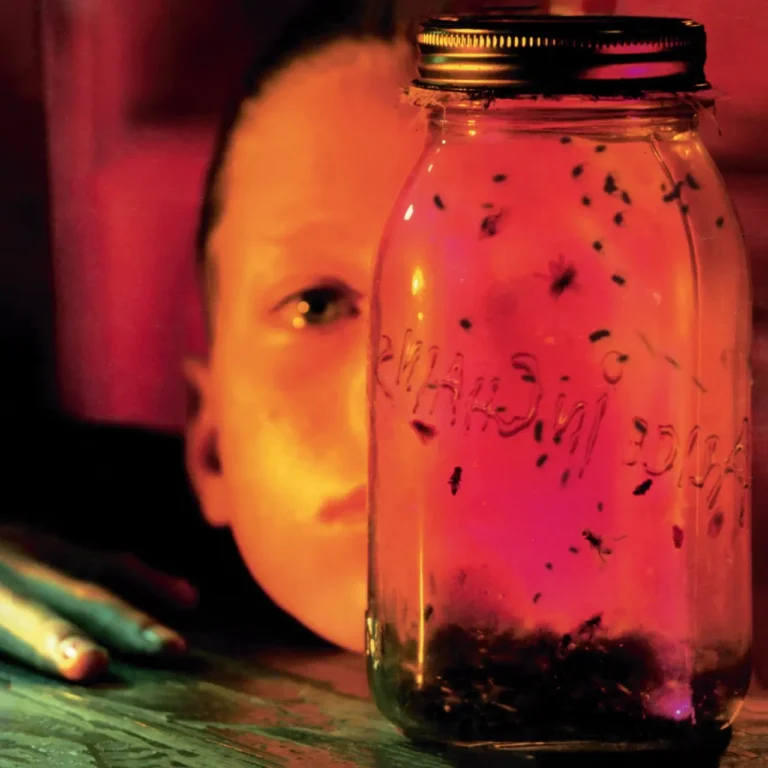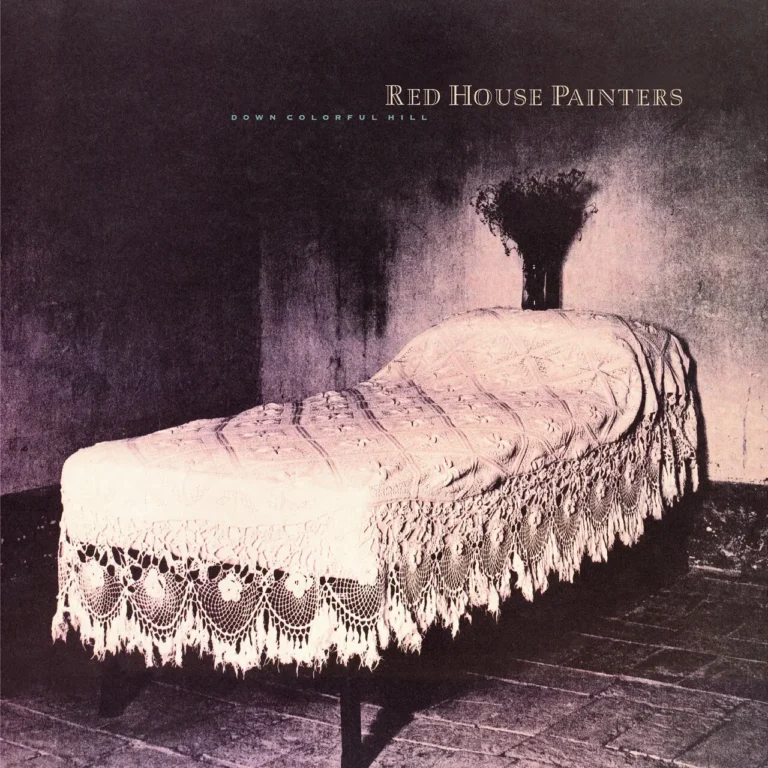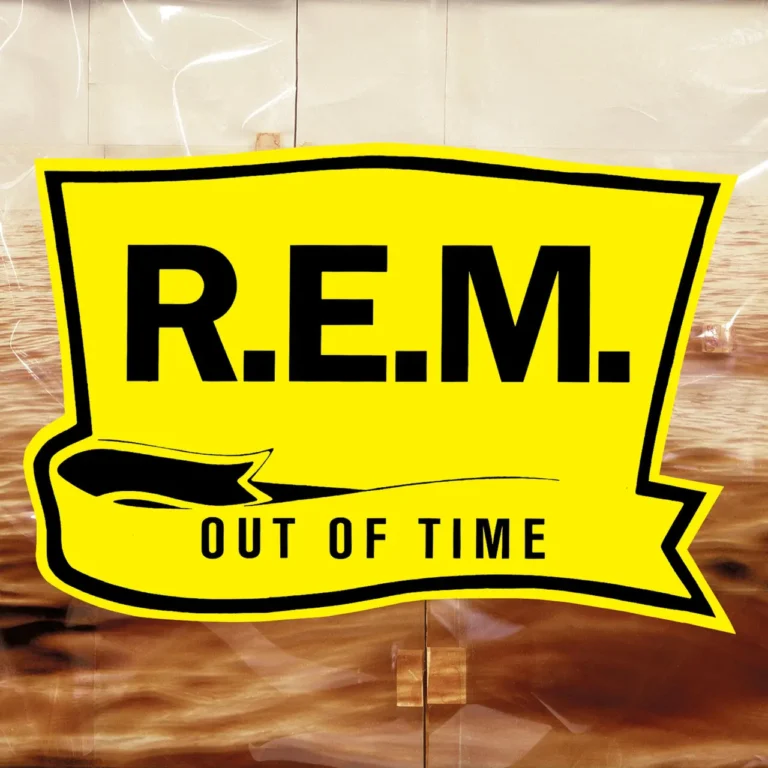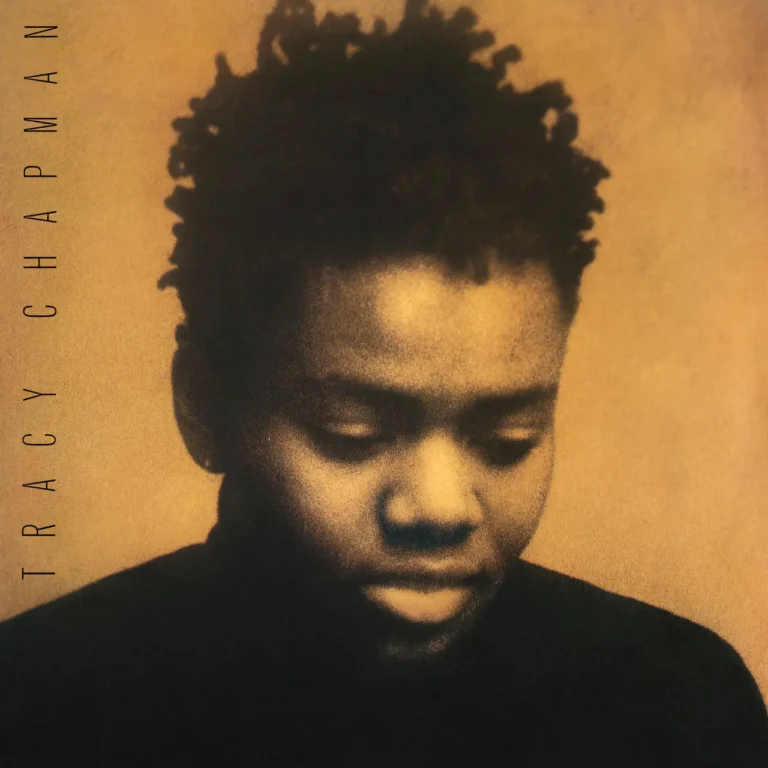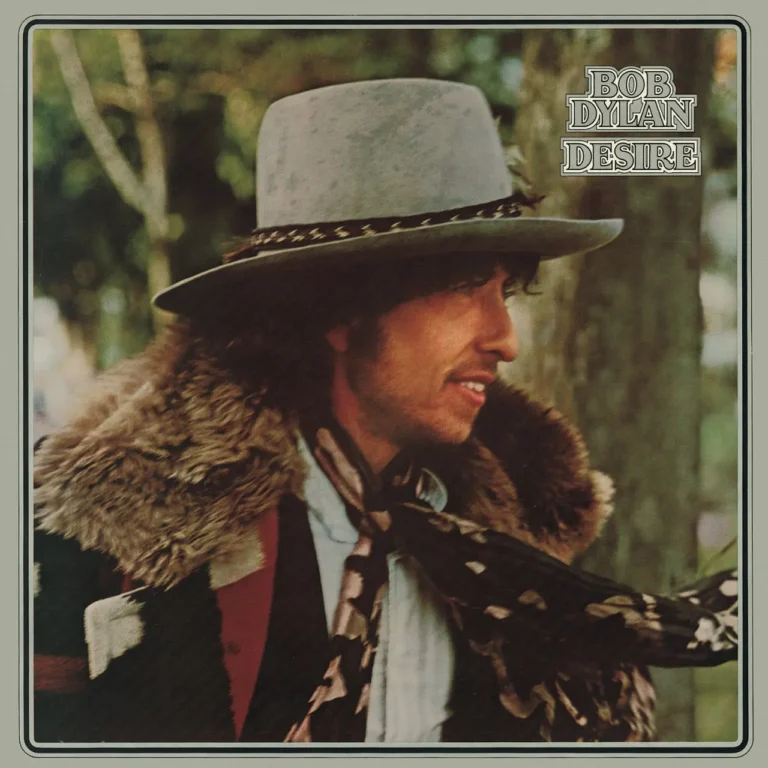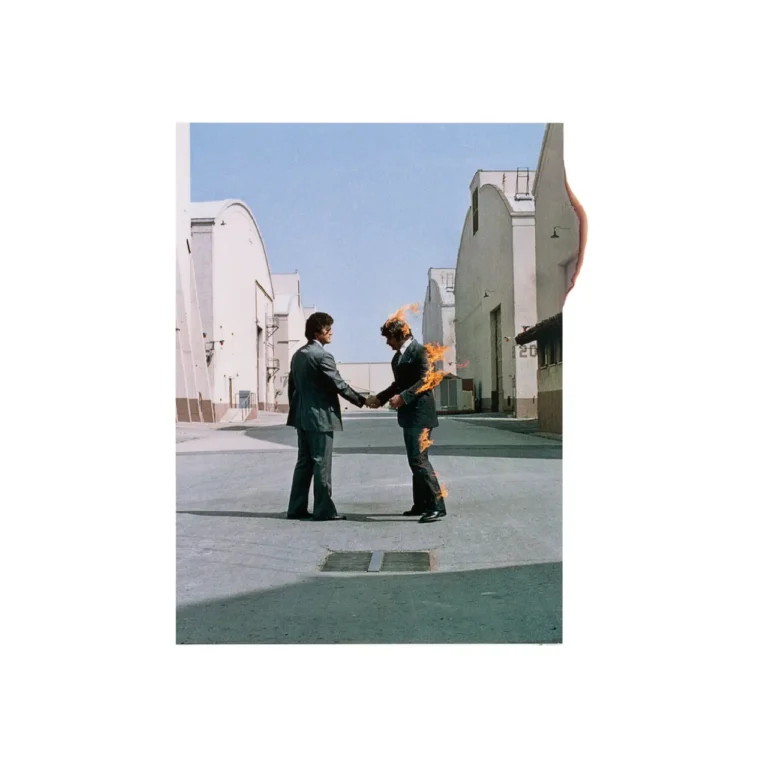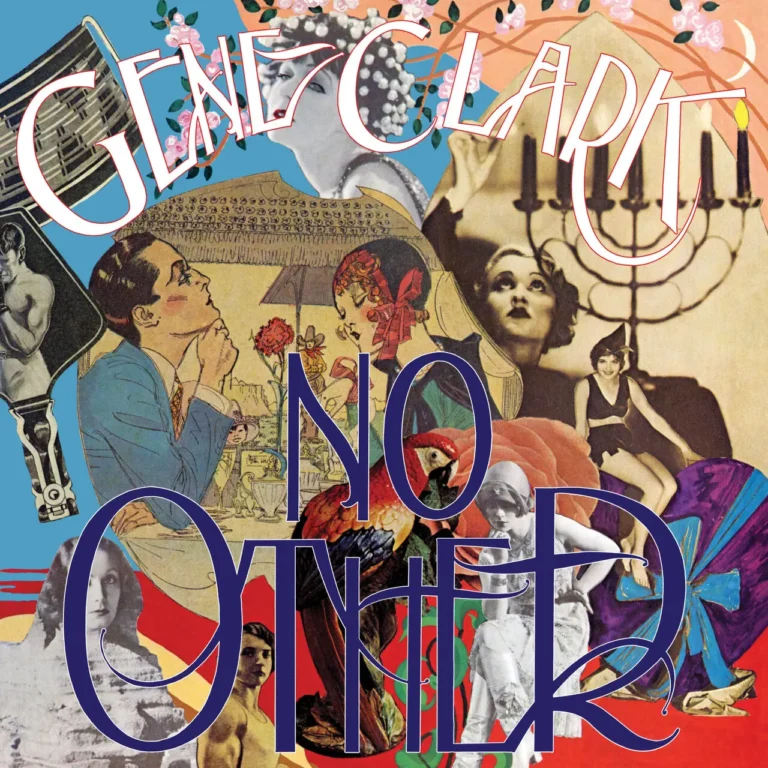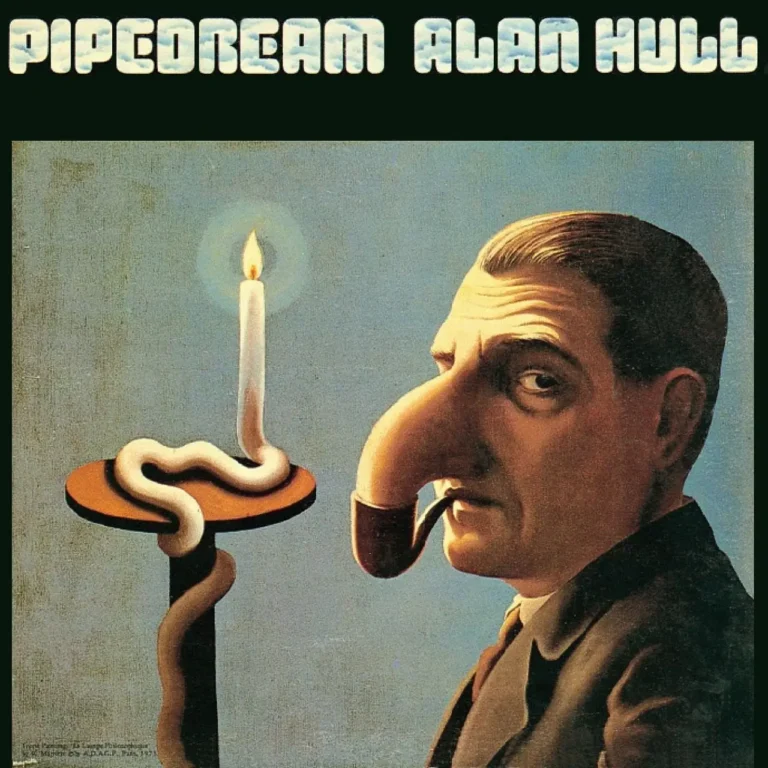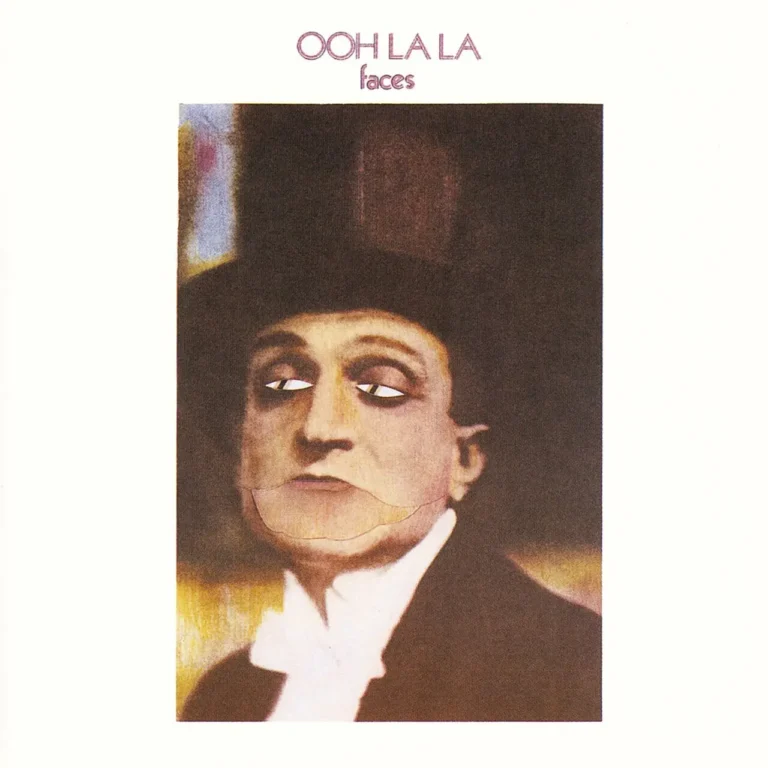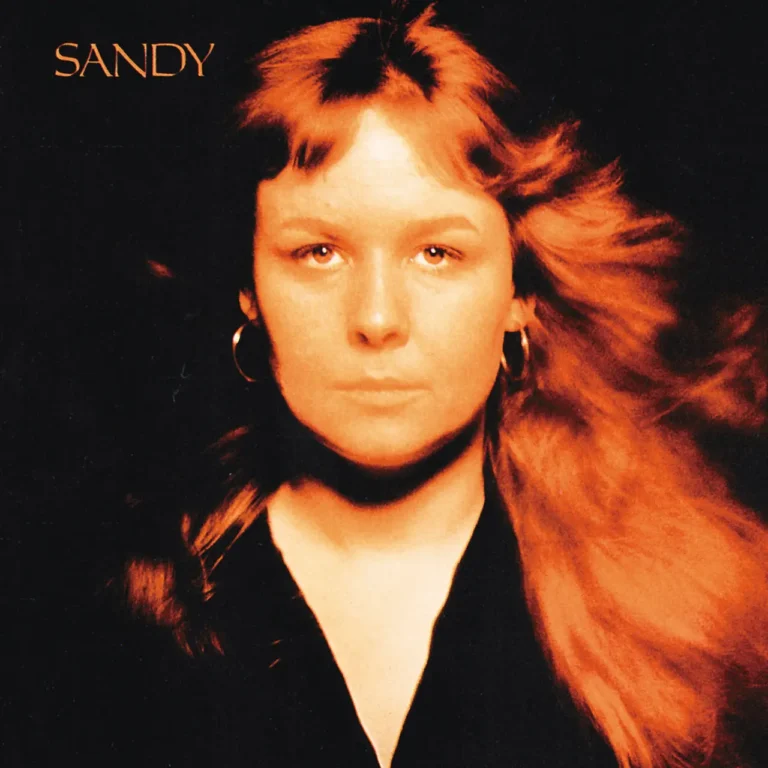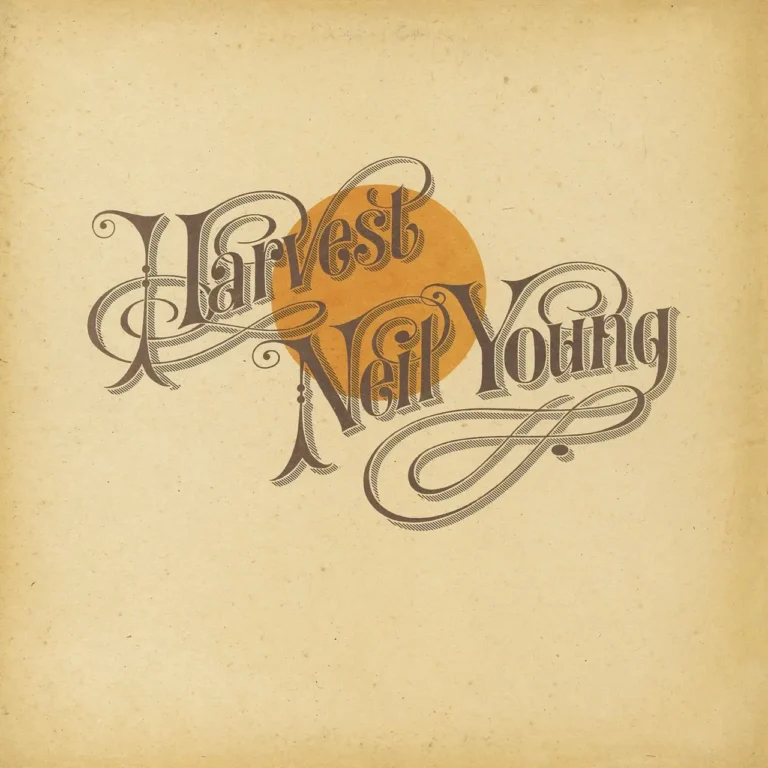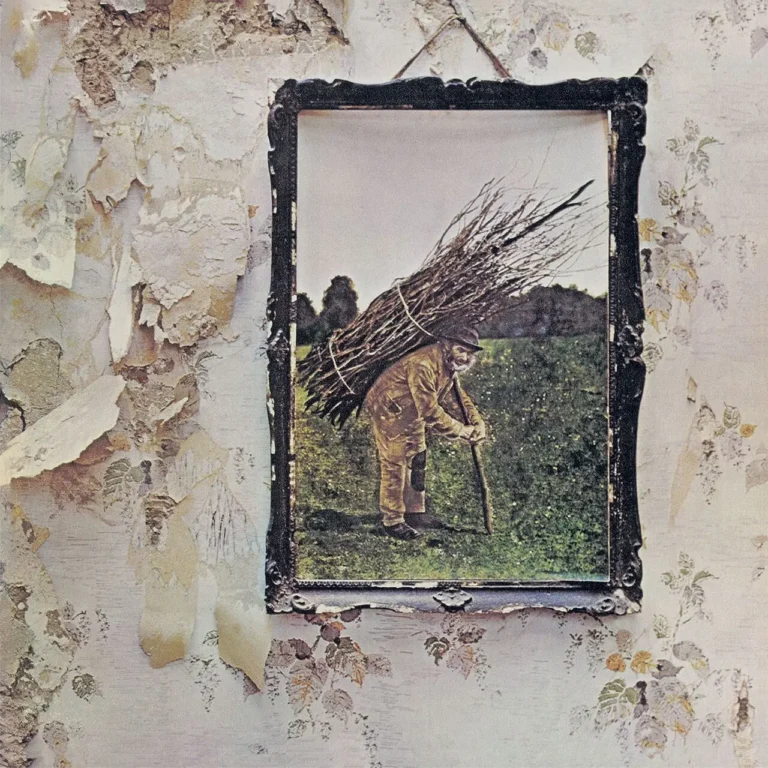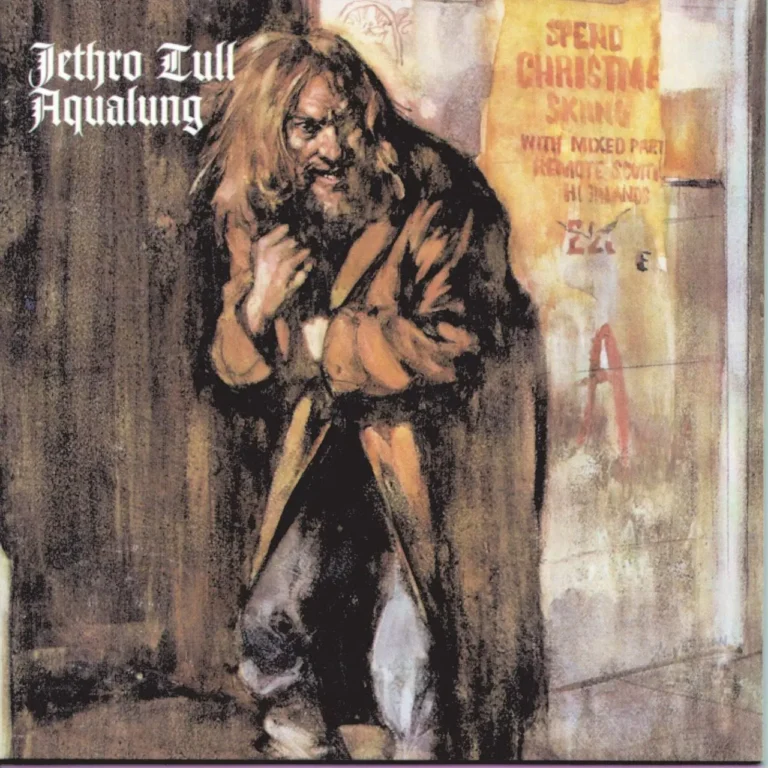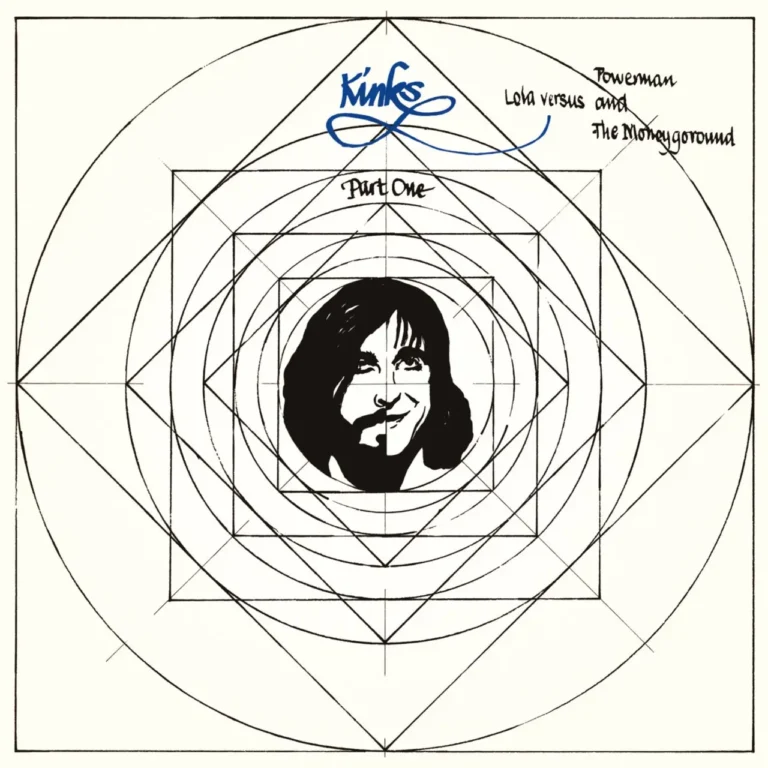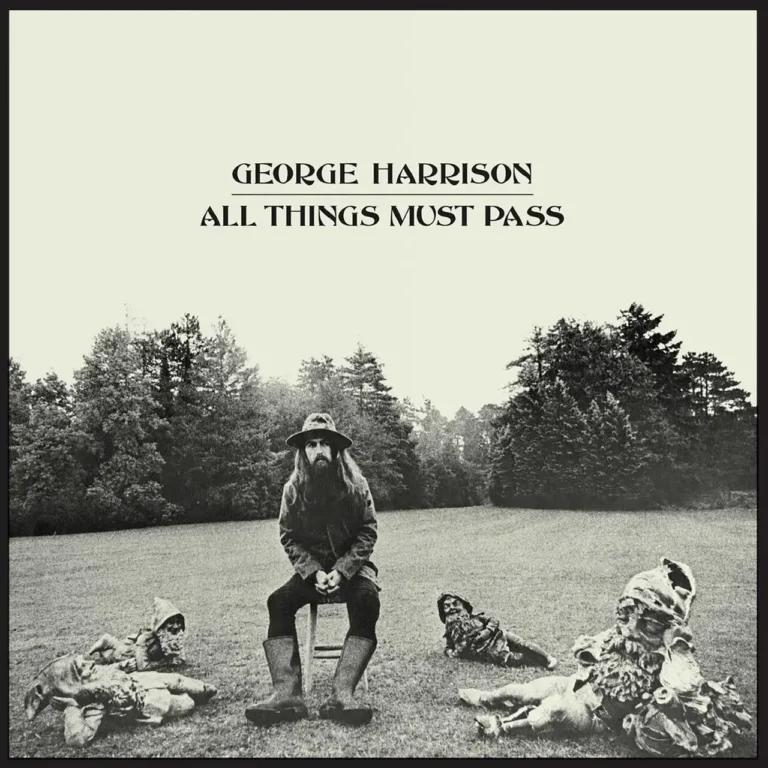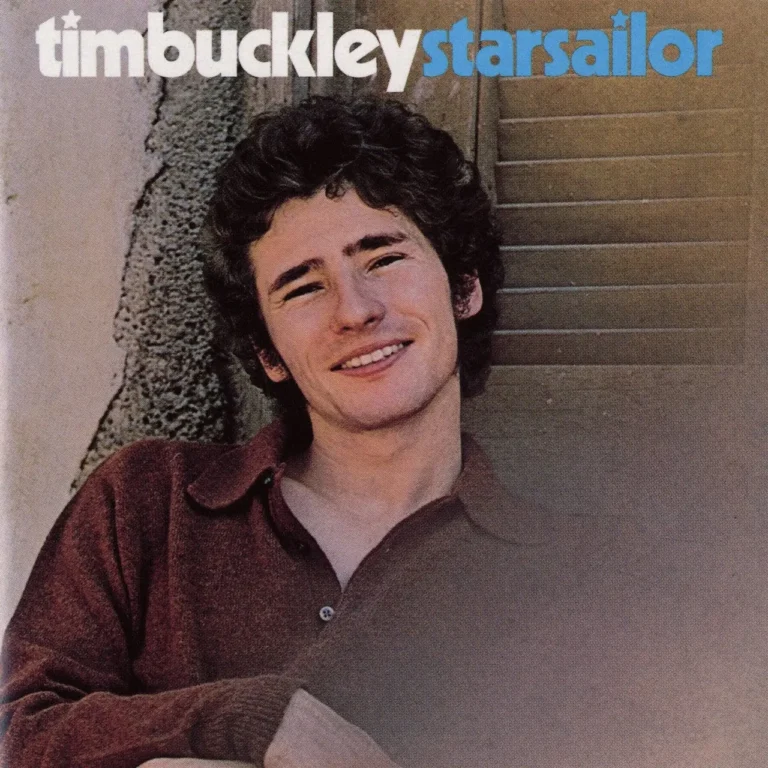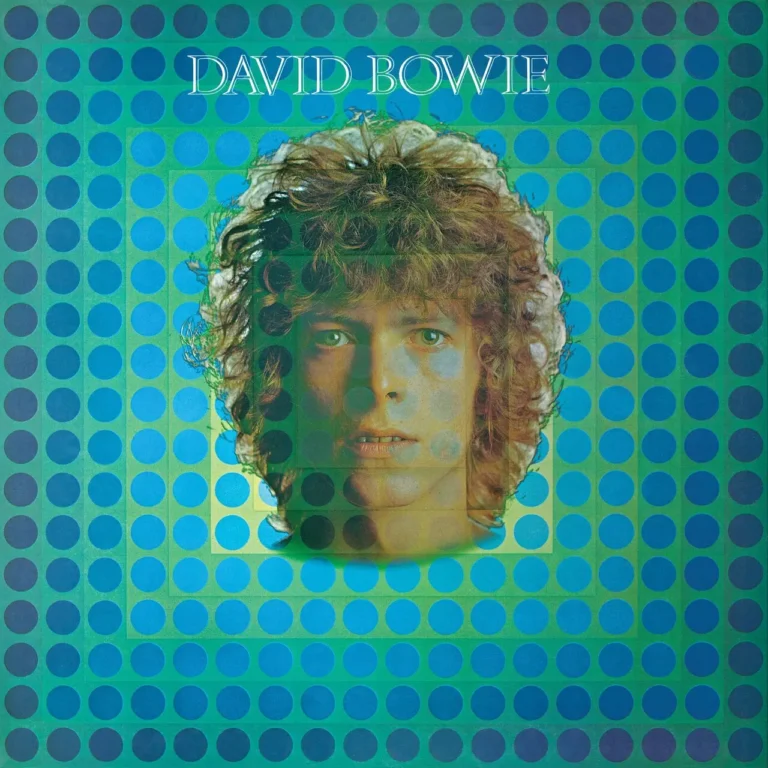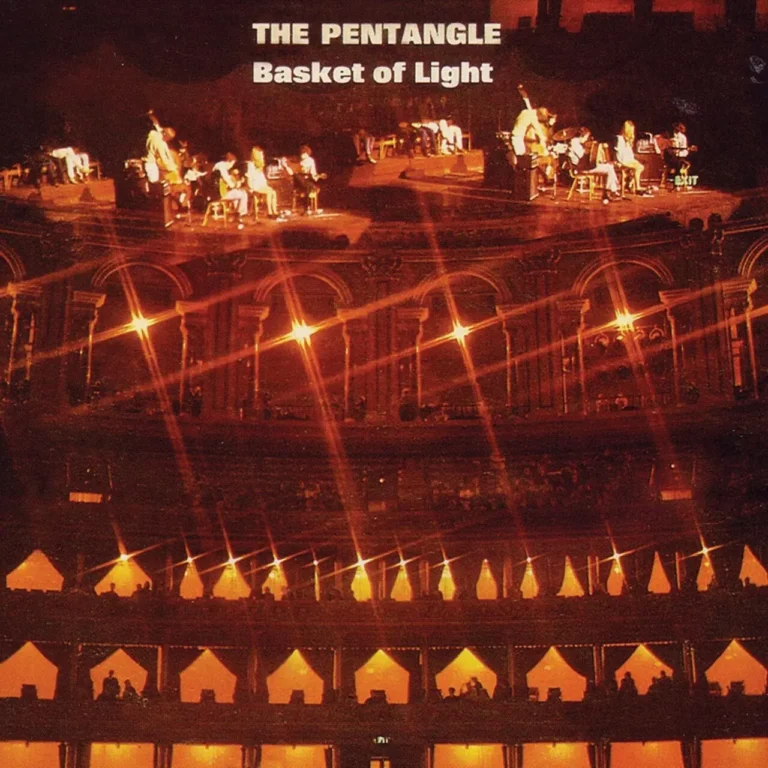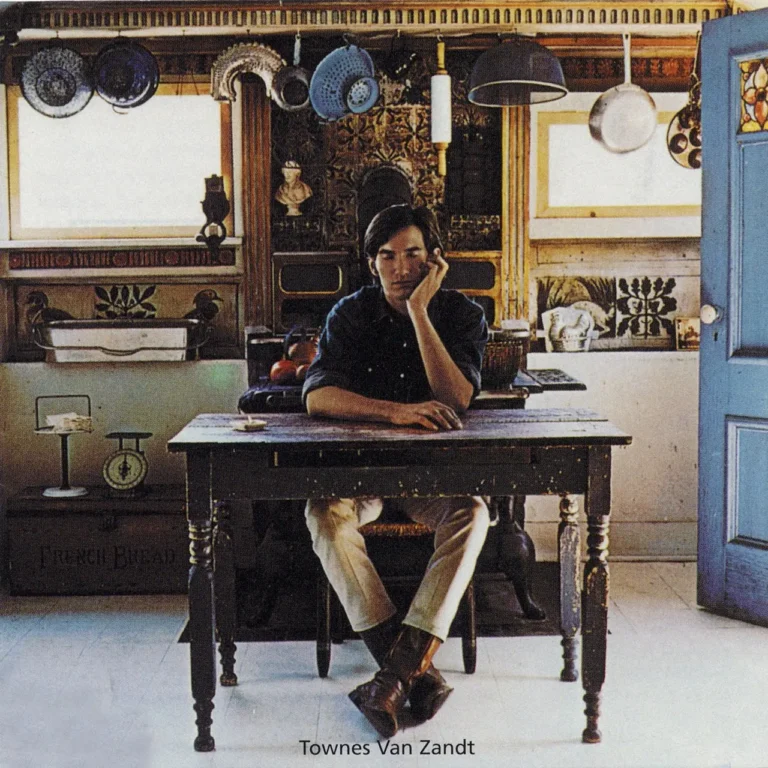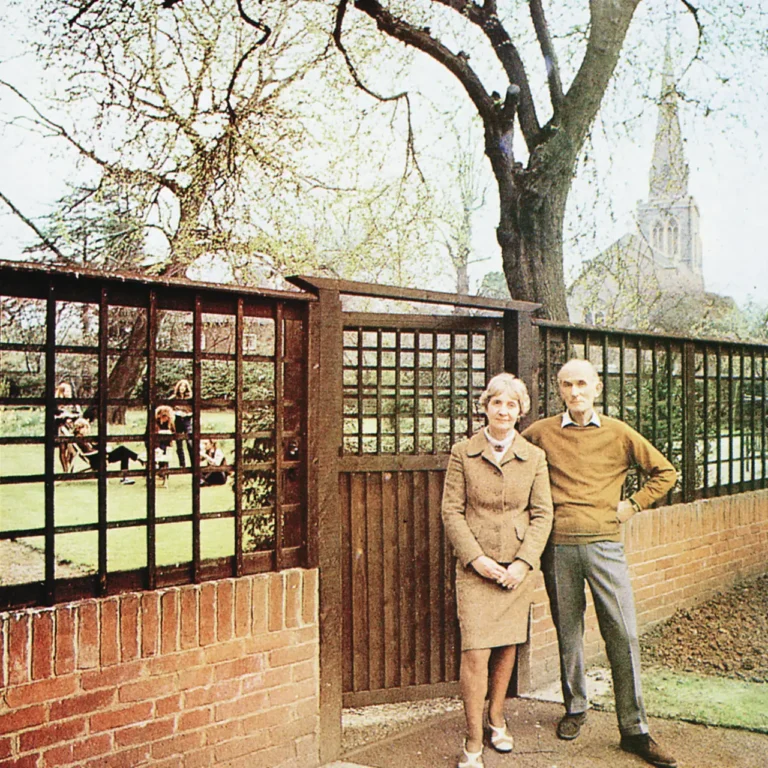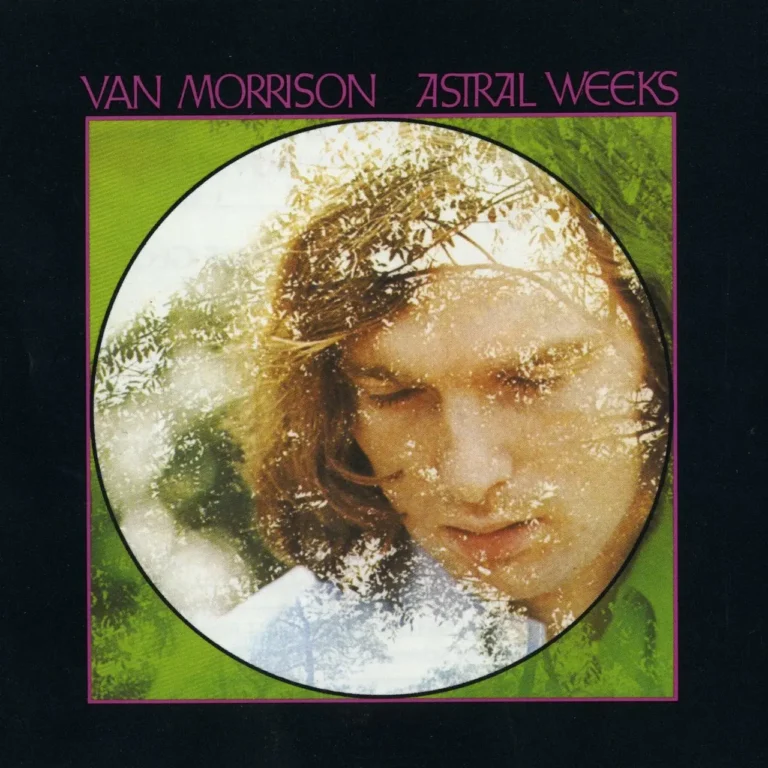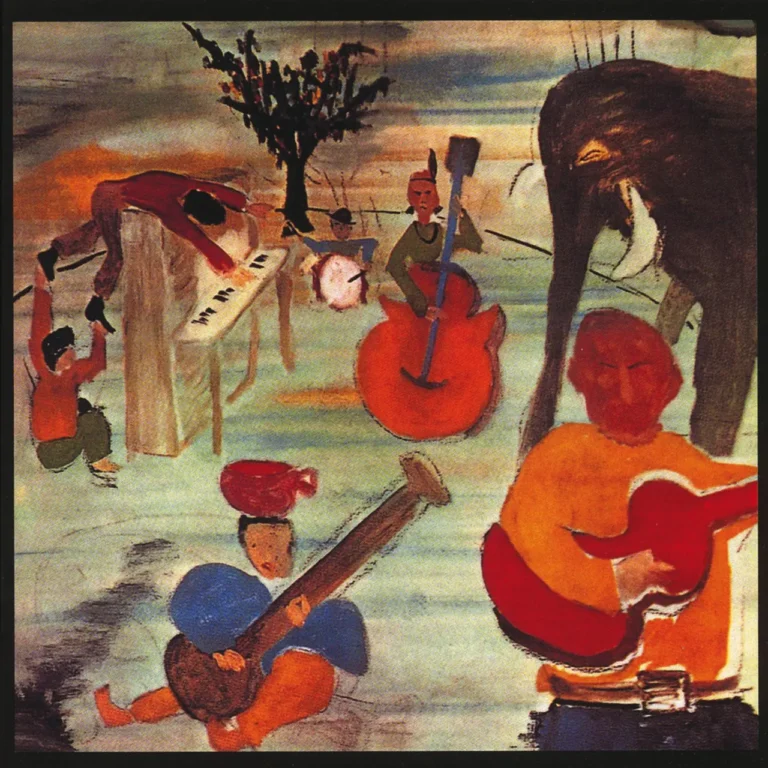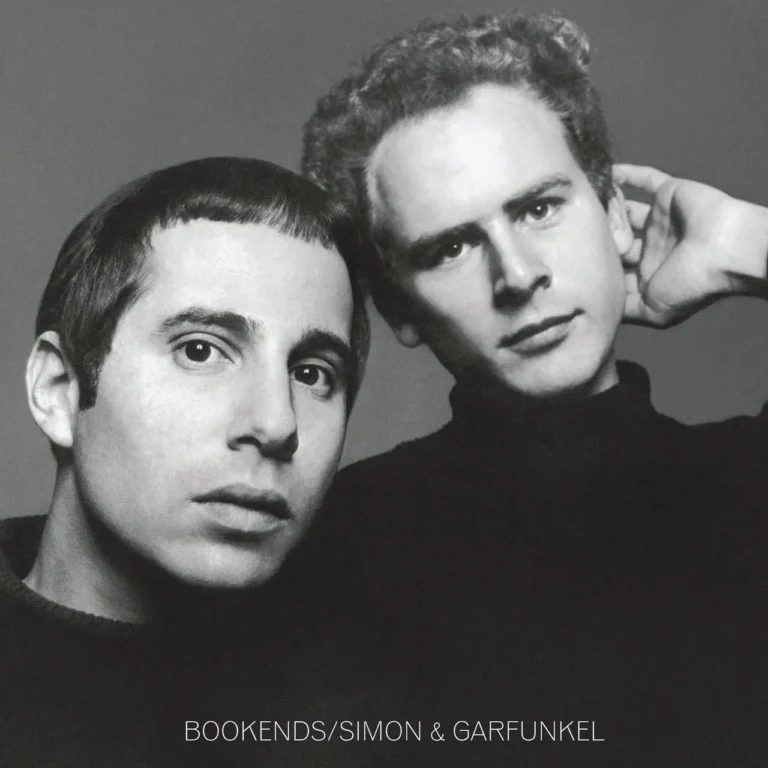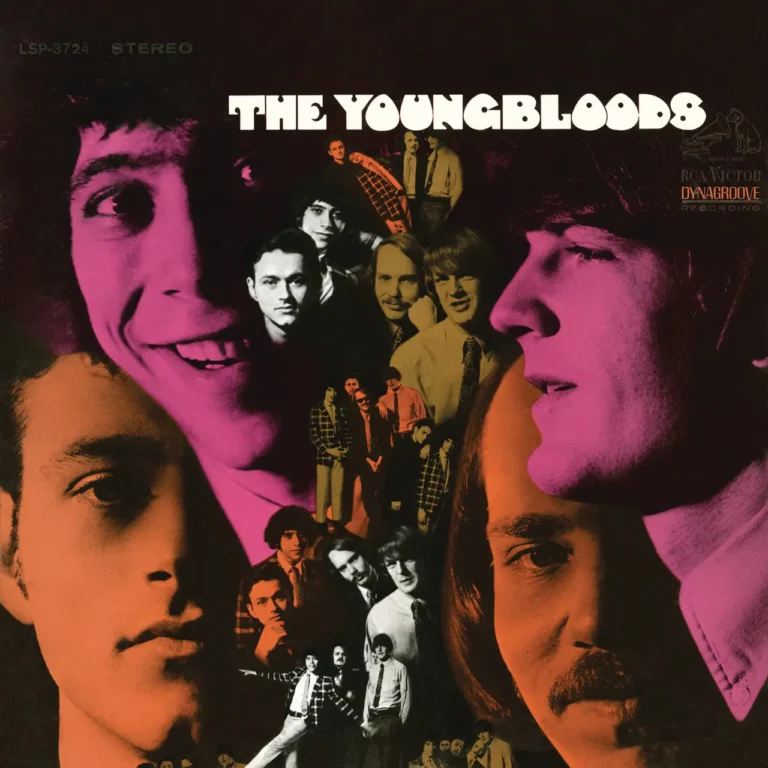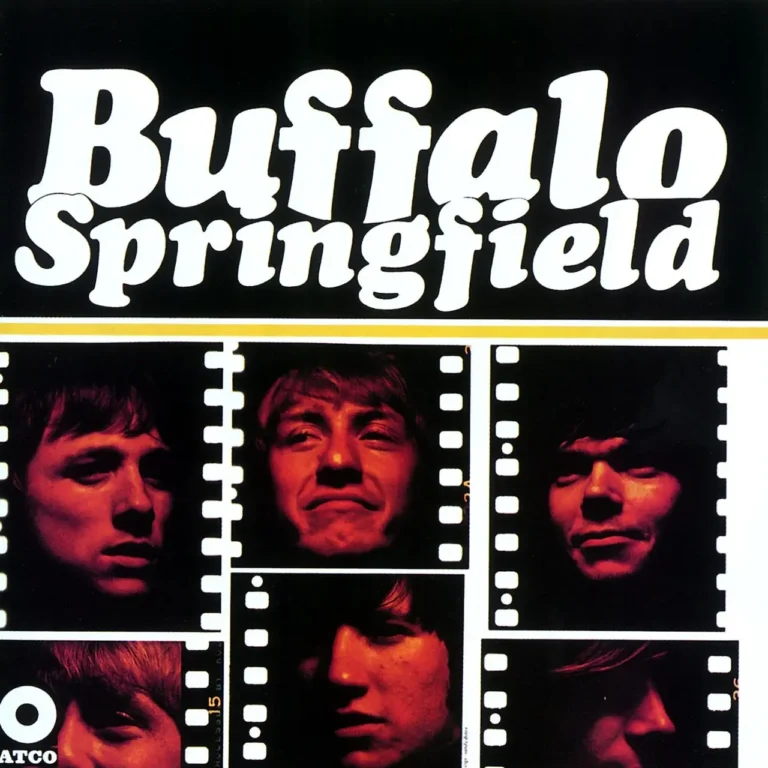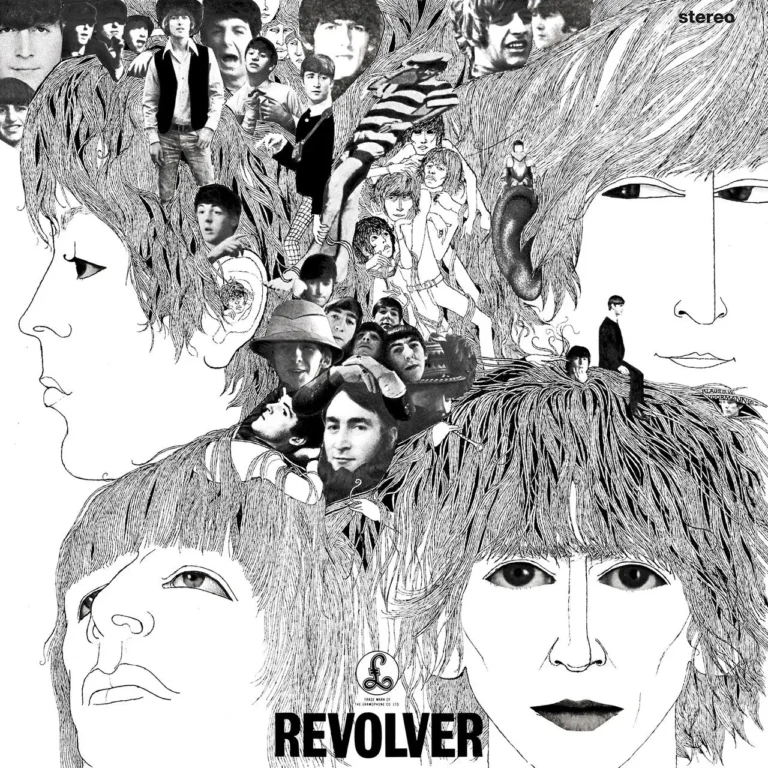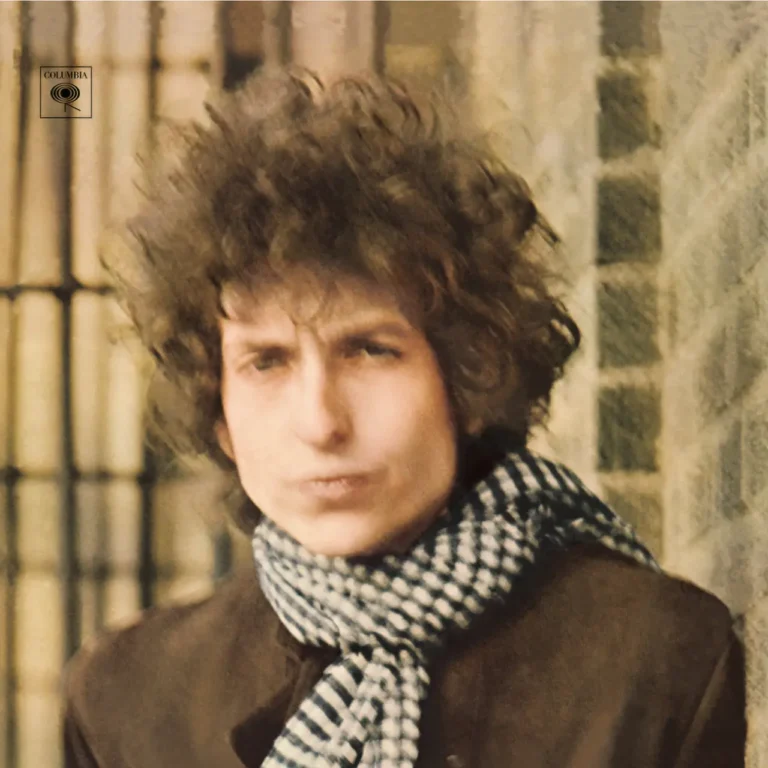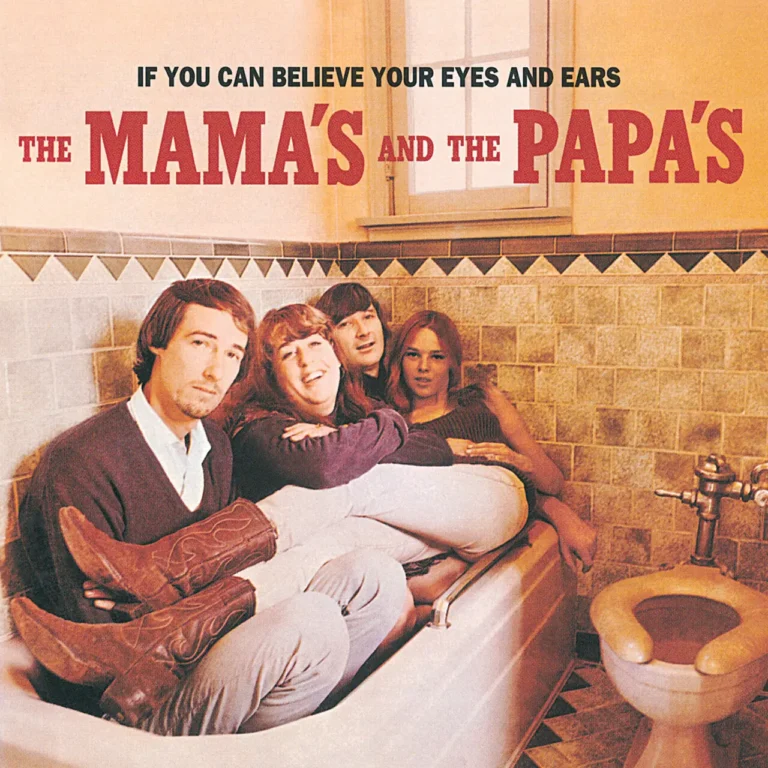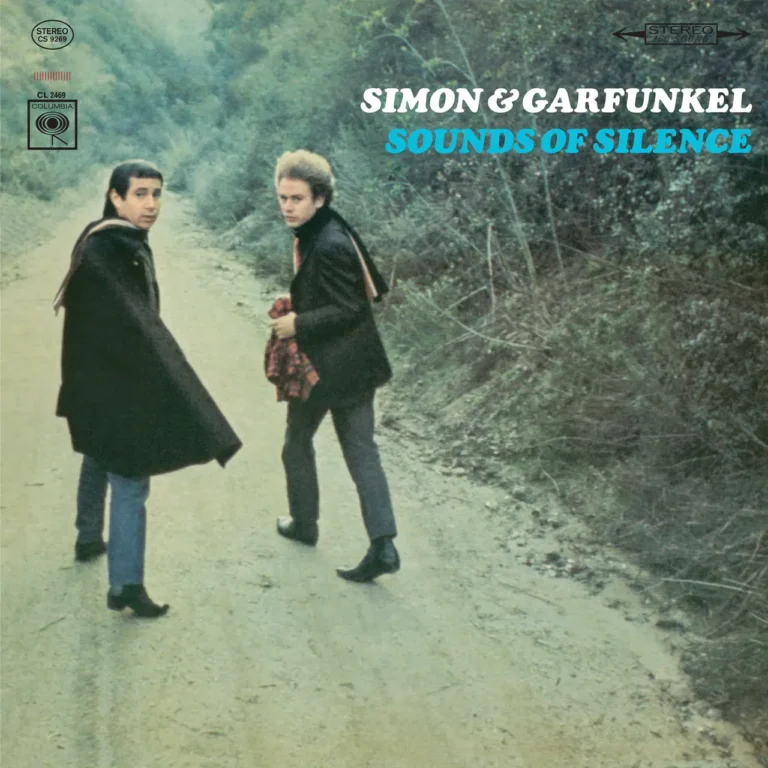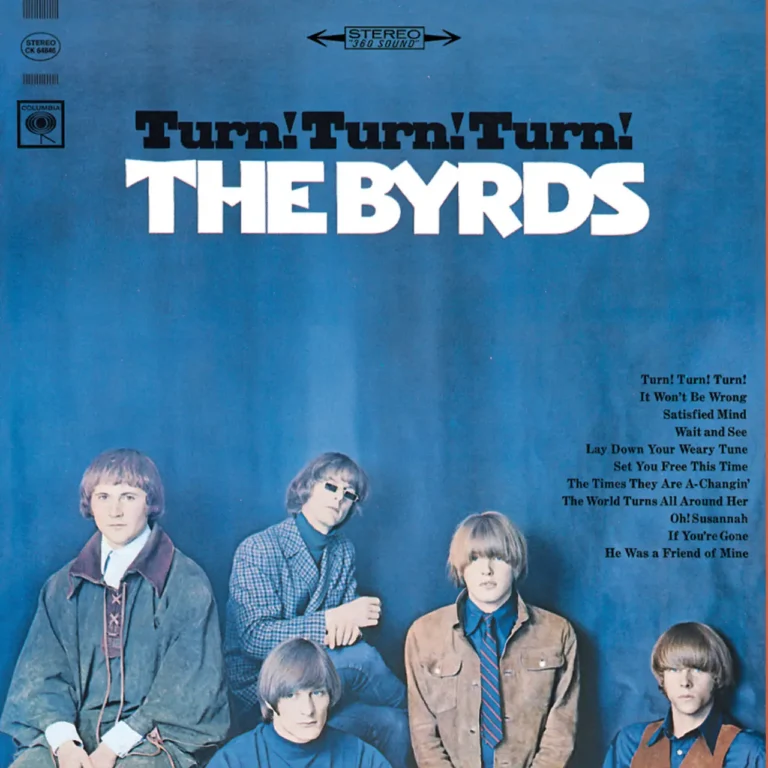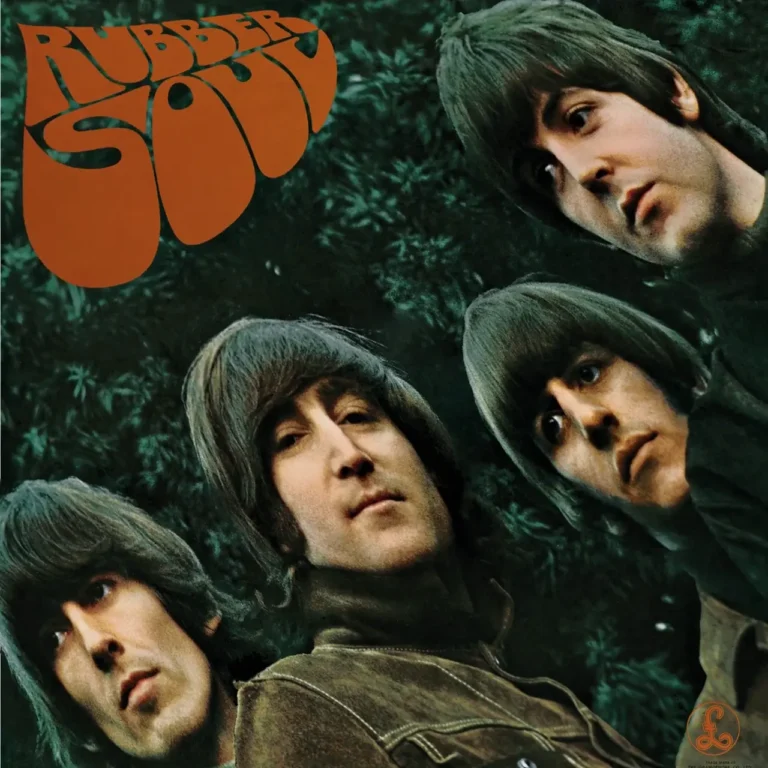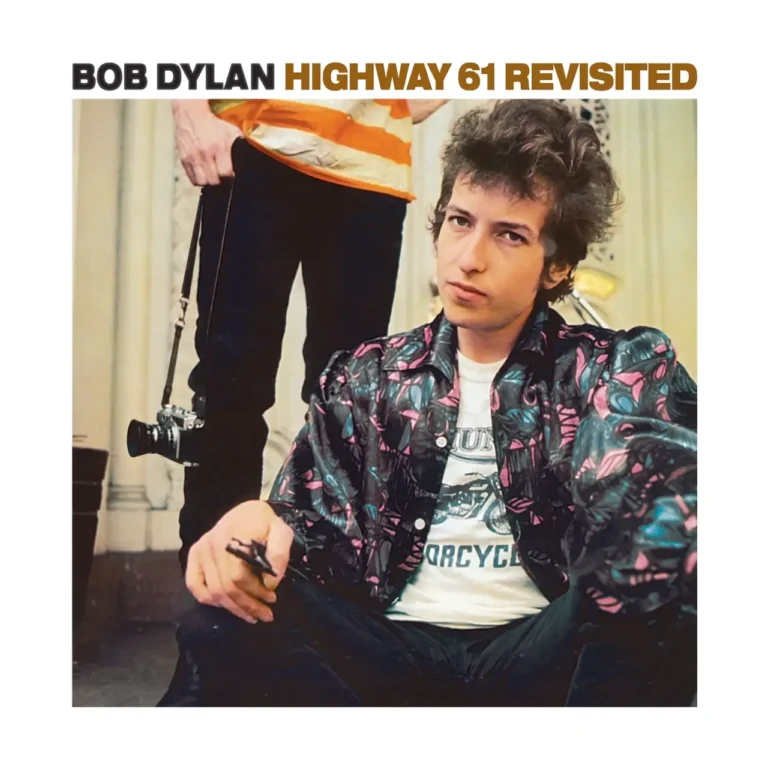"Hey Hey, My My (Into the Black)" is a song by Neil Young with Crazy Horse, released in 1979 as the closing track on the album Rust Never Sleeps. It is paired with its acoustic counterpart, "My My, Hey Hey (Out of the Blue)", which opens the album. The electric version is known for its raw distortion and powerful, ominous delivery, representing Young's embrace of punk rock's energy and ethos at the end of the 1970s258.
Origins and Influences:
- The song emerged partly from Neil Young's collaborations with the art-punk band Devo during the making of the film Human Highway. Devo frontman Mark Mothersbaugh contributed the phrase "rust never sleeps," which Young adopted both for the song's lyrics and the album's title.
- The track reflects Young's response to the era's punk movement and his concerns about artistic relevance amid changing musical landscapes.
Key Themes:
- Rock and Roll's Survival: The lyric “rock and roll can never die” asserts the enduring spirit of rock music, even as its key figures fade away.
- Mortality and Legacy: Lines such as “It's better to burn out than to fade away” confront dilemmas of artistic relevance and longevity—a phrase famously echoed in Kurt Cobain's suicide note.
- References to Icons: “The king is gone but he's not forgotten, is this the story of Johnny Rotten?” juxtaposes legends like Elvis Presley ("the king") with punk icon Johnny Rotten, reflecting generational shifts within music.
Production Notes:
- The Rust Never Sleeps album version was recorded live at The Cow Palace in Daly City, California, with subsequent studio overdubs adding distinctive elements including sound effects.
- The song’s distinctive heavy sound, distorted guitars, and thunderous performance helped reassert Young’s influence as a trailblazer for both punk and the future grunge movement.
Cultural Impact:
- “Hey Hey, My My (Into the Black)” became one of Neil Young’s signature songs, covered by numerous artists and continuing to influence rock, punk, and grunge musicians alike.
Notably, the song’s stark meditations on fame, death, and creative urgency remain some of Young’s most quoted and discussed lines in music history31.

